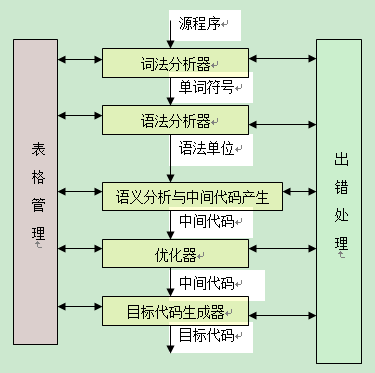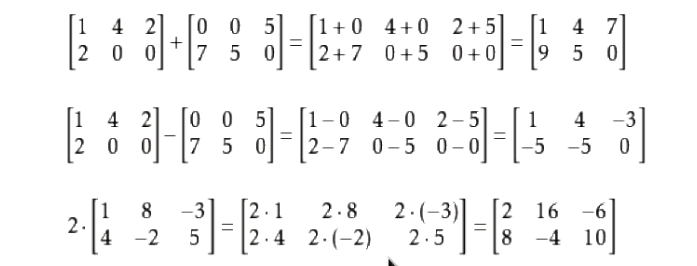How can node and link colors be changed in R googleVis sankey chart? And link having the same color as its originating node?
library(googleVis)
datSK <- data.frame(From=c(rep("A",3), rep("B", 3)),
To=c(rep(c("X", "Y", "Z"),2)),
Weight=c(5,7,6,2,9,4))
Sankey <- gvisSankey(datSK, from="From", to="To", weight="Weight",
options=list(
sankey="{link: {color: { fill: '#d799ae' } },
node: { color: { fill: '#a61d4c' },
label: { color: '#871b47' } }}"))
plot(Sankey)
As soon as you have to color links from 2 originated nodes you'll need 2 colors for links.
Also you have 5 nodes in total, so you'll need 5 colors for them.
Lets create 2 arrays in JSON format with colors for nodes and links
colors_link <- c('green', 'blue')
colors_link_array <- paste0("[", paste0("'", colors_link,"'", collapse = ','), "]")
colors_node <- c('yellow', 'lightblue', 'red', 'black', 'brown')
colors_node_array <- paste0("[", paste0("'", colors_node,"'", collapse = ','), "]")
Next, insert that array into options:
opts <- paste0("{
link: { colorMode: 'source',
colors: ", colors_link_array ," },
node: { colors: ", colors_node_array ," }
}" )
And, finally plot graph:
plot( gvisSankey(datSK, from="From", to="To", weight="Weight",
options=list(
sankey=opts)))

Note, that in options colorMode is set to 'source' which means you would like to color links from originated nodes. Alternatively, set 'target' to color links for destinated nodes
EDIT: add description for multilevel sankeys
It is a bit tricky to find how to assign colors for multilevel sankeys.
We need to create other dateframe:
datSK <- data.frame(From=c(rep("A",3), rep("B", 3), rep(c("X", "Y", "Z"), 2 )),
To=c(rep(c("X", "Y", "Z"),2), rep("M", 3), rep("N", 3)),
Weight=c(5,7,6,2,9,4,3,4,5,6, 4,8))
Here we have to change only arrays of colors. Command to built plot is the same
Let's assume we want these colors for the nodes and links :
colors_link <- c('green', 'blue', 'yellow', 'brown', 'red')
colors_link_array <- paste0("[", paste0("'", colors_link,"'", collapse = ','), "]")
colors_node <- c('yellow', 'lightblue', 'red', 'black', 'brown', 'green', 'brown')
colors_node_array <- paste0("[", paste0("'", colors_node,"'", collapse = ','), "]")
Result would be :

The most trickiest part is to understand how these colors are assigned:
- Links are assigned in the order they appear in dataset (row_wise)

For the nodes colors are assigned in the order plot is built.
- From A to X, Y, Z - green
- From X to M, N - blue
- From Y to M, N - yellow
- From Z to M, N - brown
- From B to X, Y, Z - red
More detailed information on how to format sankey diagram : https://developers.google.com/chart/interactive/docs/gallery/sankey
I know this is older but in case anyone else is ever stuck on this - I figured out how to make the proper order and generate a string of color nodes so you can have custom colors for certain labels. Shout out to @vadym-b for the data and explaining about the order. Check it out:
#convert to list combined of source and target for color order
# edges is a dataframe from @vadym-b's answer above
edges <- data.frame(From=c(rep("A",3), rep("B", 3), rep(c("X", "Y", "Z"), 2 )),
To=c(rep(c("X", "Y", "Z"),2), rep("M", 3), rep("N", 3)),
Weight=c(5,7,6,2,9,4,3,4,5,6, 4,8))
#we have to make the order right - you need a list
# that is a combination of From, To, From, To, From, To
nc.df <- c()
for (i in 1:nrow(edges)) {
nc.df <- c(nc.df, as.character(edges$From[i]), as.character(edges$To[i]))
}
#the actualy parsing - get the unique list and return
# colors based on what the source or target value is
nodeColor <- sapply(unique(nc.df), function(r) {
if (grepl('A',r)) return('red')
if (grepl('B',r)) return('red')
if (grepl('Z',r)) return('green')
if (grepl('X',r)) return('green')
if (grepl('Y',r)) return('purple')
if (grepl('M',r)) return('blue')
if (grepl('N',r)) return('blue')
#return a default color if you like
return('black')
})
#make a sankey
library(googleVis)
# put the color list in a collapsed string
sankey <- gvisSankey(
edges,
chartid = 'Sankey',
from="From",
to="To",
weight="Weight",
options=list(
sankey = paste0("{
iterations: 0,
link: {
colorMode: 'gradient'
},
node: {
colors: ['",paste(nodeColor,collapse="','"),"']
}
}")
)
)
plot(sankey)

I have put on github a piece of code that does that.
#TOPLOTS[,1] = from ; TOPLOTS[,1] = to
names_pahtwayorder<-unlist(data.frame(t(TOPLOTs[,1:2])))
names_pahtwayorder<-names_pahtwayorder[!duplicated(names_pahtwayorder)]
names(names_pahtwayorder)<-NULL; names_pahtwayorder
https://github.com/SkanderMulder/ExtractIPA/blob/master/functionSankey.r





